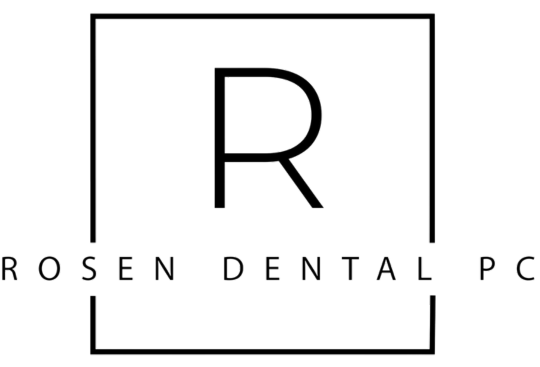Have you ever wondered what goes into the science of teeth whitening? This post delves into the various agents and processes used in teeth whitening, exploring how they work at a basic level and what differentiates them from each other. We’ll look at the general principles behind these methods without focusing on specific products or recommendations.
Types of Professional Teeth Whitening Methods
When considering professional teeth whitening, it’s important to understand the various methods available through dental professionals. One common technique involves the use of high-concentration bleaching agents that are applied to the teeth. This process is typically accelerated by a source of light or heat, which helps to intensify the whitening effect. Another method includes custom-made tray-based systems, where a dentist provides a fitted tray and whitening gel for use at home under their supervision.
For those interested in exploring the technical details and underlying principles of these procedures, a deeper dive into The Art and Science of Teeth Whitening can provide comprehensive insights. Each method aims to achieve a brighter smile while considering factors like the duration of treatment and the specific dental needs of the individual.
Understanding the Science Behind Teeth Whitening
Teeth whitening is a popular cosmetic procedure that aims to lighten teeth and remove stains and discoloration. The process primarily involves the use of bleaching agents that penetrate the porous surface of the tooth enamel to break down the stains that are embedded deep within. These bleaching agents, typically forms of peroxide, react chemically with the discolored molecules, breaking them into smaller, less pigmented components. This chemical reaction is what effectively makes the teeth appear whiter and brighter.
The effectiveness and safety of teeth whitening processes can vary, and they depend largely on the technique and concentration of the whitening agent used. It’s a complex interplay of chemistry and dental health that requires a professional understanding to achieve optimal results without compromising the integrity of the tooth enamel. For those considering this cosmetic treatment, consulting with a dental professional is crucial. Learn more about professional options by visiting Somers Professional Teeth Whitening.
Common Ingredients Used in Whitening Agents
Teeth whitening agents typically contain a variety of active ingredients that help improve the brightness of teeth. One of the most common ingredients is hydrogen peroxide, which acts as a bleaching agent to remove stains. Another frequently used component is carbamide peroxide, which also helps in breaking down stains on the tooth surface. Additionally, some whitening products might include mild abrasives that assist in gently polishing the teeth or specific chemicals that aim to break down or dissolve stains, enhancing overall tooth appearance without altering the natural tooth structure.
Factors Influencing Teeth Whitening Effectiveness
The effectiveness of teeth whitening can vary widely among individuals, influenced by several key factors. The natural color of one’s teeth sets a baseline for potential results, with yellow-toned teeth typically responding better to whitening than gray-toned teeth. Additionally, the overall dental health of an individual plays a crucial role; for instance, teeth with restorations such as fillings or crowns might not whiten uniformly. Age is another important factor, as younger teeth generally whiten more effectively due to less exposure to staining agents over time. Lastly, the types of staining agents that have previously affected the teeth—such as coffee, tea, tobacco, and certain medications—can impact the final outcome of whitening procedures.
For those interested in exploring dental health services, consider visiting Somers Dentist at Rosen Dental PC for professional care.
Historical Evolution of Teeth Whitening Practices
The quest for brighter, whiter teeth is not a modern vanity; it has deep historical roots spanning several cultures and centuries. Ancient civilizations used rudimentary yet innovative methods to achieve oral aesthetics, including the use of abrasive mixtures and early bleaching agents. Over time, these practices evolved with advancements in dental science, leading to the sophisticated teeth whitening processes we recognize today. This evolution reflects not only technological progress but also a consistent human desire to enhance dental appearance across different eras and societies.
Conclusion
For further insights, feel free to read reviews on Google Maps or call us at 914-277-8400.

